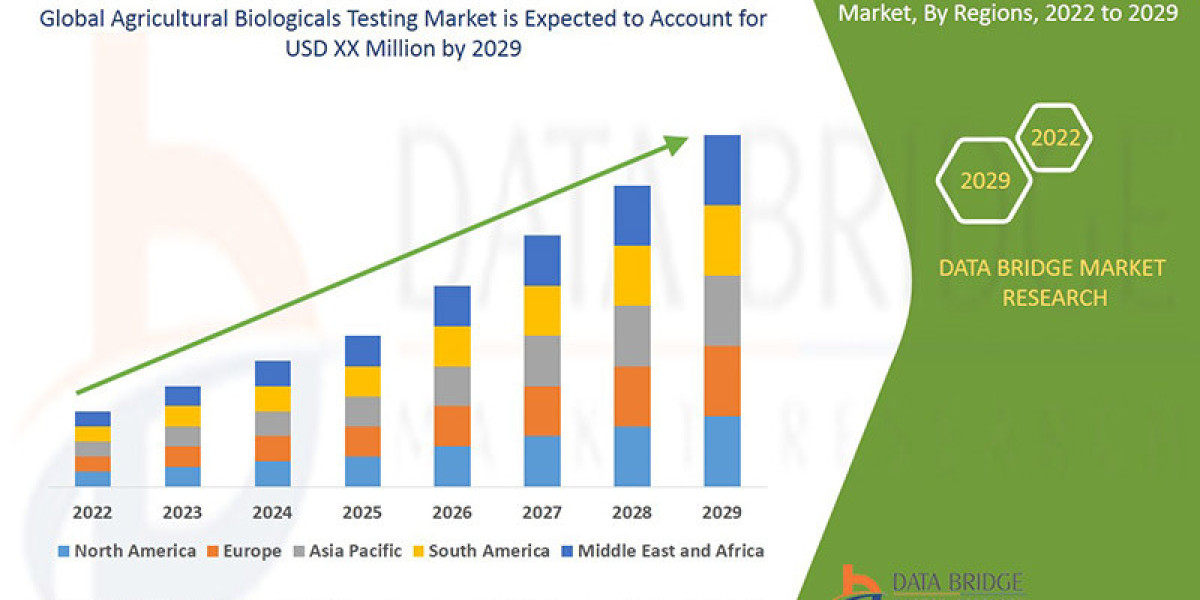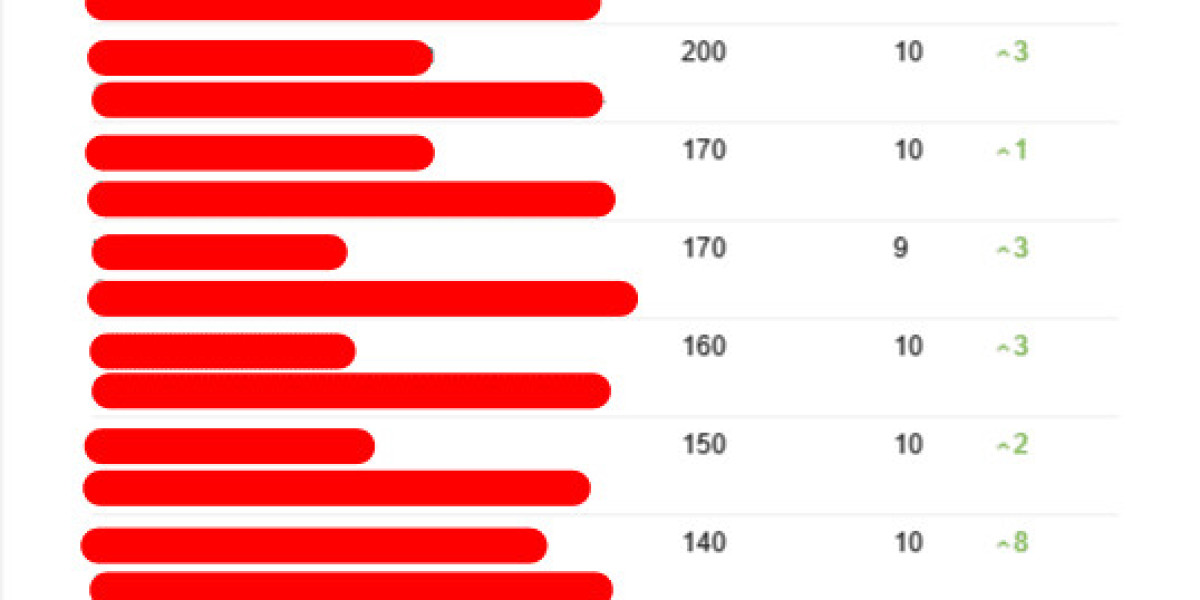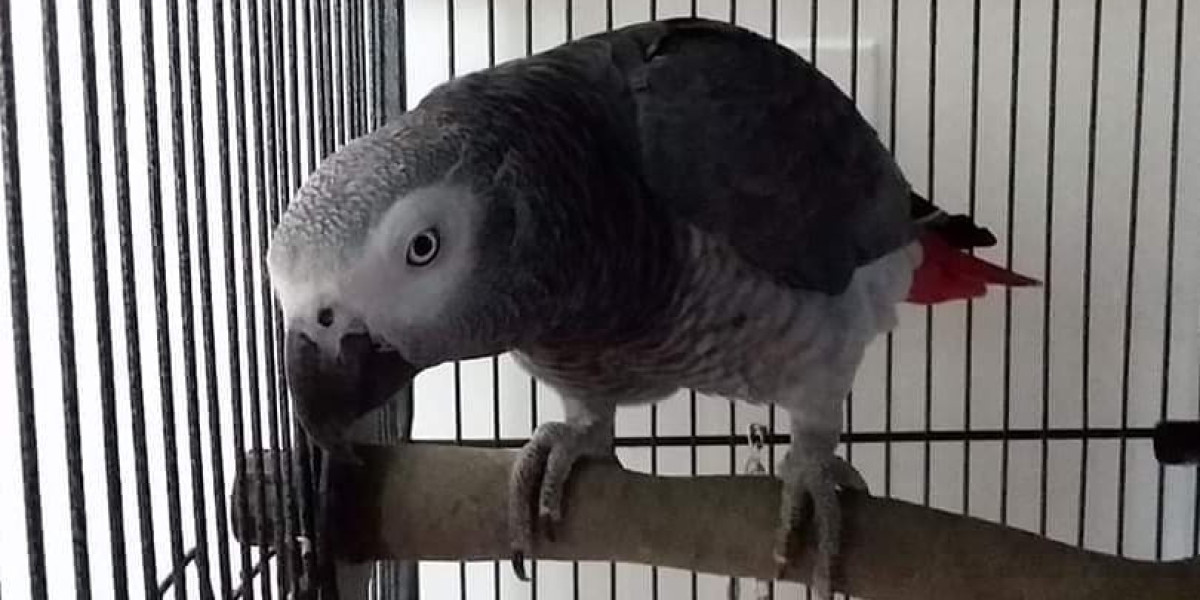Introduction
You've got the basics of PXF file embroidery conversion down—now it's time to elevate your skills. While simple conversions might work for hobbyists, professional PXF file embroidery demands precision that standard tools can't deliver. That blurry logo or misaligned design you've been struggling with? It's not your machine's fault—it's what happens when PXF files for embroidery lack the refined stitch data industrial equipment needs.
This guide dives into the techniques commercial digitizers use to:
Maintain perfect registration in multi-hoop PXF embroidery designs
Preserve intricate details when working with complex PXF embroidery files
Optimize PXF files for specific machine models
Reduce production time without sacrificing embroidery quality from PXF conversions
Understanding PXF at a Deeper Level
What Makes PXF Different
PXF (Pattern Exchange Format) stands out because it:
Stores both stitch and object-level data
Preserves original design elements during conversion
Allows for non-destructive editing
Common Professional Applications
Multi-head machine synchronization
Large-format embroidery projects
Design archiving and sharing
Precision uniform digitizing
Advanced Conversion Techniques
1. Stitch Path Optimization
Professional Methods:
Directional stitching - Aligns with fabric grain
Block sequencing - Groups similar stitch types
Travel stitching - Hides jumps under existing embroidery
Tool Tip: Use Wilcom's Stitch Simulator to visualize path efficiency
2. Density Mapping
| Fabric Type | Recommended SPI | Adjustment Technique |
|---|---|---|
| Stretch Knits | 4,500-5,500 | Gradual density tapering |
| Heavy Denim | 6,500-7,500 | Layered underlay |
| Sheer Silk | 3,500-4,500 | Reduced pull compensation |
3. Color Blending Methods
Thread Painting - Alternating stitch angles
Gradient Fills - Progressive density changes
Variegated Threads - Planned color transitions
Machine-Specific Optimization
For Tajima Machines
Enable TML (Tajima Machine Language) output
Use 3.5mm maximum stitch length
Add extra tie-offs for trim commands
For Barudan Systems
Optimize for BDR format compatibility
Limit to 12 needle positions
Use proprietary underlay patterns
Troubleshooting Complex Conversions
Problem: Registration Shifts
Advanced Solutions:
Add laser alignment guides
Implement multi-layer underlay
Use adhesive spray stabilizers
Problem: Thread Breaks
Professional Fixes:
Smooth sharp angle transitions
Implement stitch length ramping
Use coated needles for specialty threads
Software Deep Dive
Professional Tools
Wilcom TrueSizer Pro
Advanced stitch editing
Machine-specific presets
Pulse Microsystems
Industrial-grade optimization
Cloud collaboration features
Hatch Embroidery
Affordable professional option
Excellent training resources
Hidden Features Worth Mastering
Stitch Sculpting - 3D effect creation
Dynamic Pull Compensation - Auto-adjusts for fabric stretch
Batch Processing - Mass conversion with consistent settings
Quality Control Protocols
Commercial Testing Standards
Pre-Production Checklist
Verify stitch count accuracy
Check trim placement
Confirm color sequence
Physical Tests
5+ consecutive stitch-outs
Multiple fabric samples
Full-speed production run
Wash Testing
10 industrial laundry cycles
Colorfastness evaluation
Dimensional stability check
Workflow Optimization
Time-Saving Strategies
Create Custom Presets
Machine-specific defaults
Fabric-type profiles
Client preference libraries
Automate Repetitive Tasks
Batch file processing
Auto-naming conventions
Template-based setups
Implement Version Control
Revision tracking
Change documentation
Approval workflows
Emerging PXF Technologies
AI-Assisted Conversion
Auto-Path Optimization - Machine learning improves stitch flow
Predictive Density Adjustment - Analyzes fabric behavior
Smart Color Reduction - Maintains visual integrity with fewer threads
Cloud-Based Solutions
Real-time collaboration
Centralized design libraries
Mobile approval systems
Professional Pricing Strategies
Commercial Service Models
Per-Design Pricing
Simple: $50-$300 per file
Complex: $300-$1,000+
Subscription Services
$500-$2,000/month
Includes revisions and support
Enterprise Solutions
Custom quoting
Dedicated account managers
SLA guarantees
Conclusion
Mastering advanced PXF techniques transforms your embroidery from good to exceptional. While the learning curve steepens, the payoff comes in flawless production runs, satisfied clients, and industry recognition.
Key professional takeaways:
✔ Always optimize for specific machines and materials
✔ Implement rigorous testing protocols
✔ Automate repetitive tasks to focus on creative work
✔ Stay current with emerging technologies
Your next PXF conversion could be your best yet—apply these techniques to push beyond basic results and establish yourself as a true professional.
Ready to upgrade your skills? Pick one advanced technique to implement in your next project. The quality difference will convince you to master them all.
Need professional results now? Many commercial digitizers offer free file evaluations—a great way to benchmark your work against industry standards.








